





Art × scaffolding creates a new "cycle". Closely follow MEET YOUR ART FESTIVAL 2025 art exhibition "Ahead of the Rediscovery Stream"
- MYAF
- Art Festival
- Innovation
- event
- scaffolding



RECRUIT
Text: Yui Sato
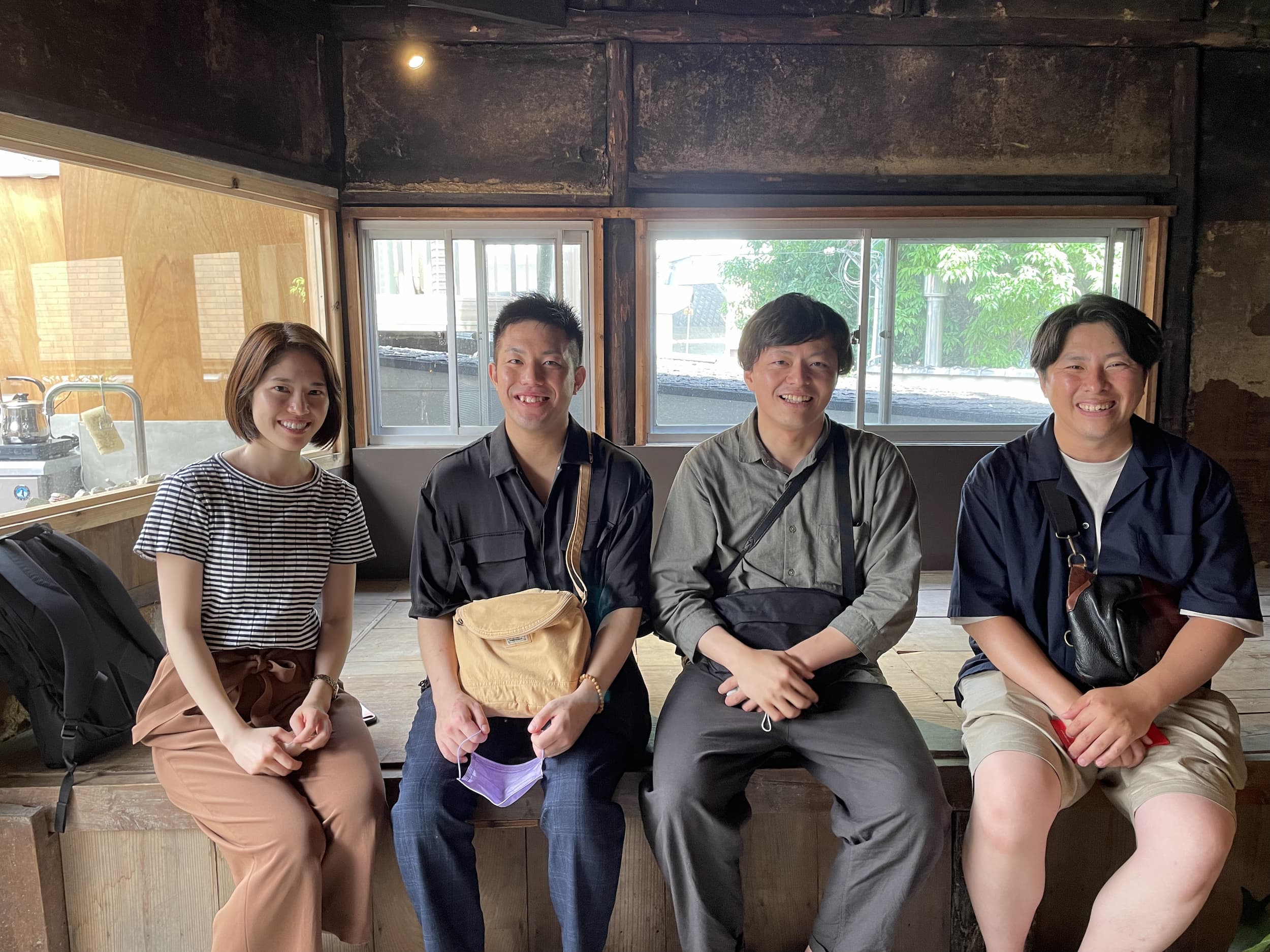
When you aspire to be a specialist in your field or to achieve your mission, and are absorbed in the things in front of you every day, your thinking becomes rigid and your work becomes monotonous. In such a situation, even if you want to level up, it is realistically difficult to take a step back and think about what you are lacking.
Therefore, ASNOVA has a personnel system "AMP! (amplifier)". Specifically, it is a training program in which students reaffirm their own "values" and discover their "deficiencies" by intensively placing themselves in an environment that is different from their usual ones. This time, I would like to report on the training held in June from the perspective of a KAKERUBA reporter.
Text: Yui Sato
PROIFILE
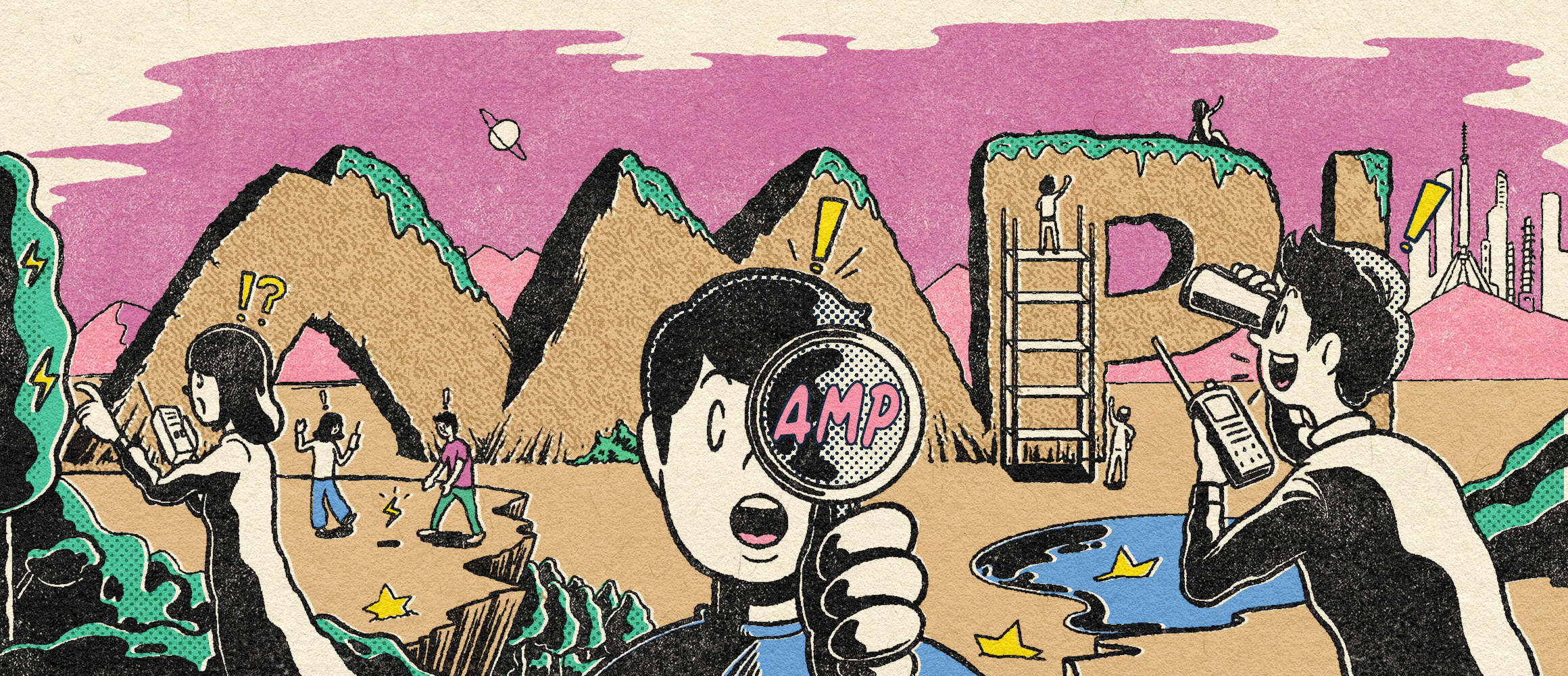
AMP! The 2022 event was held in Kyoto for two days and one night, and the creators, partner companies Loftwork Co., Ltd., our Administration Department, and general affairs served as facilitators from planning to the day. A total of 18 people participated in the training, including 5 employees working in sales and Equipment Center and myself as a KAKERUBA reporter.
The goal of AMP! is to publish what we felt on "note". Since none of the participants had experience writing articles, everyone in the company was excited to see what kind of output would result. We compiled a report on what kind of encounters we had in Kyoto and what kind of environment we were in before completing the article.
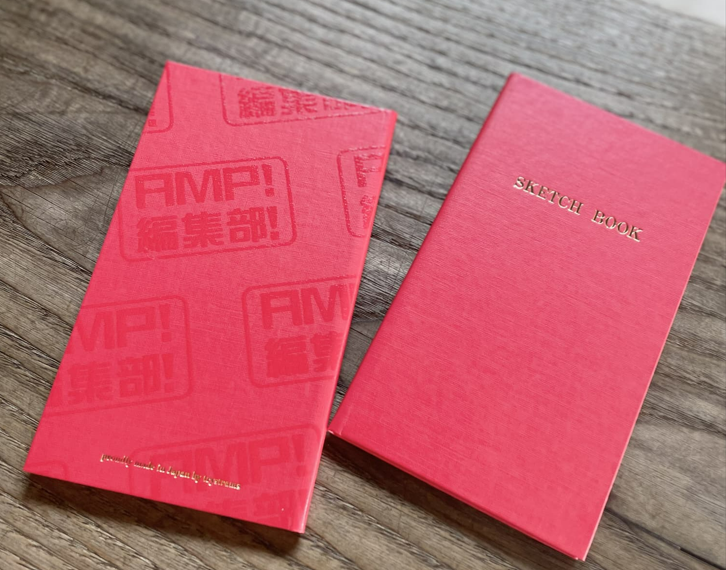
One participant, Mr. Ogawa, said that after he entered the workforce, he started to slow down his urge to look at things from various angles. One of the reasons for this was that he had an experience where he thought that even if he proposed various requests, his superiors might not accept them.
"When I think about things, I always think about the cost first."
This is true for me too, and everyone is concerned about the word "budget". Ogawa thought that if he could think about things from a different environment and angle through AMP!, where he could hear from various people, he would be able to develop things from a different angle. He decided to participate because he wanted to get rid of his own inflexible way of thinking and "change".
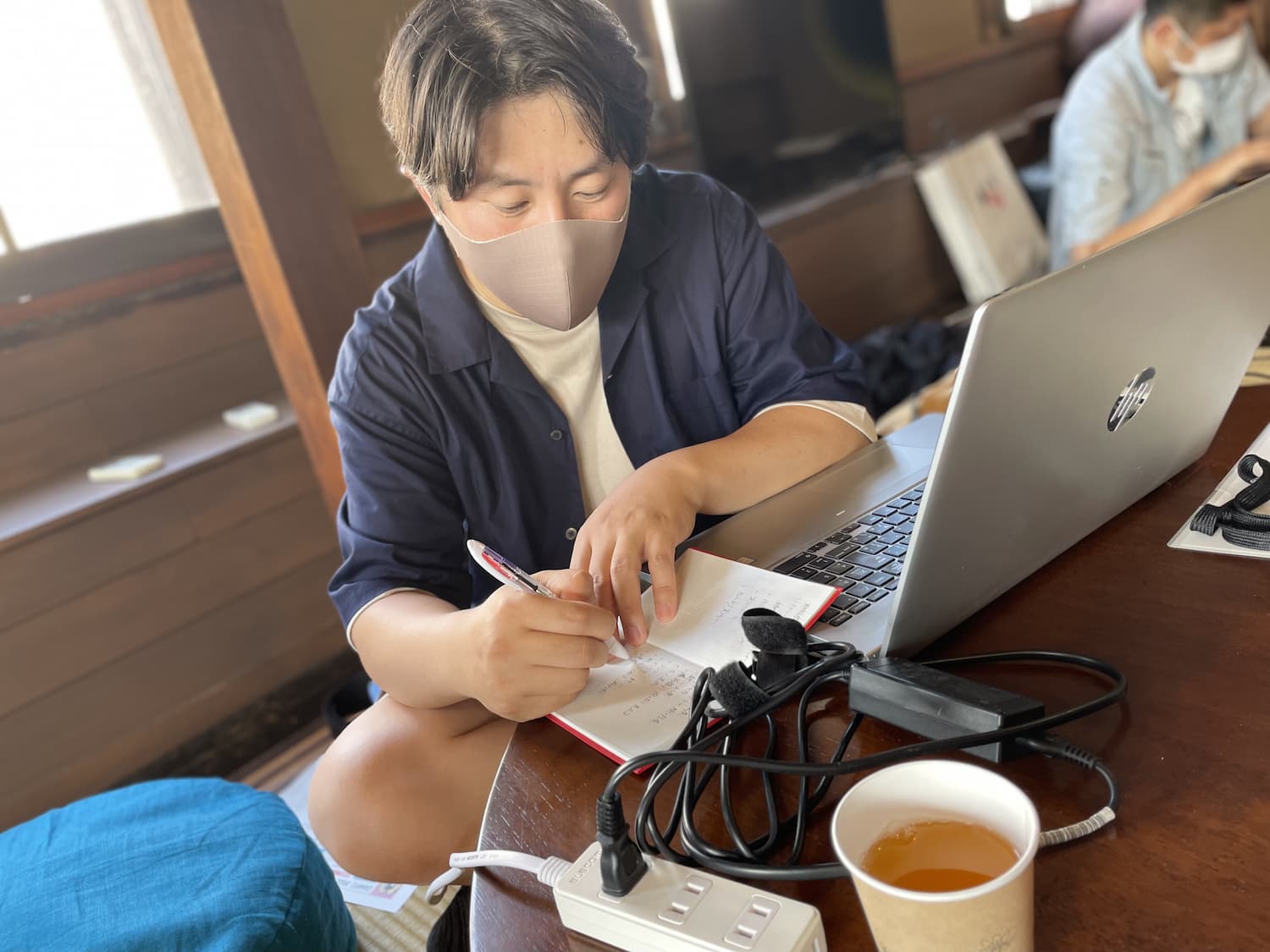
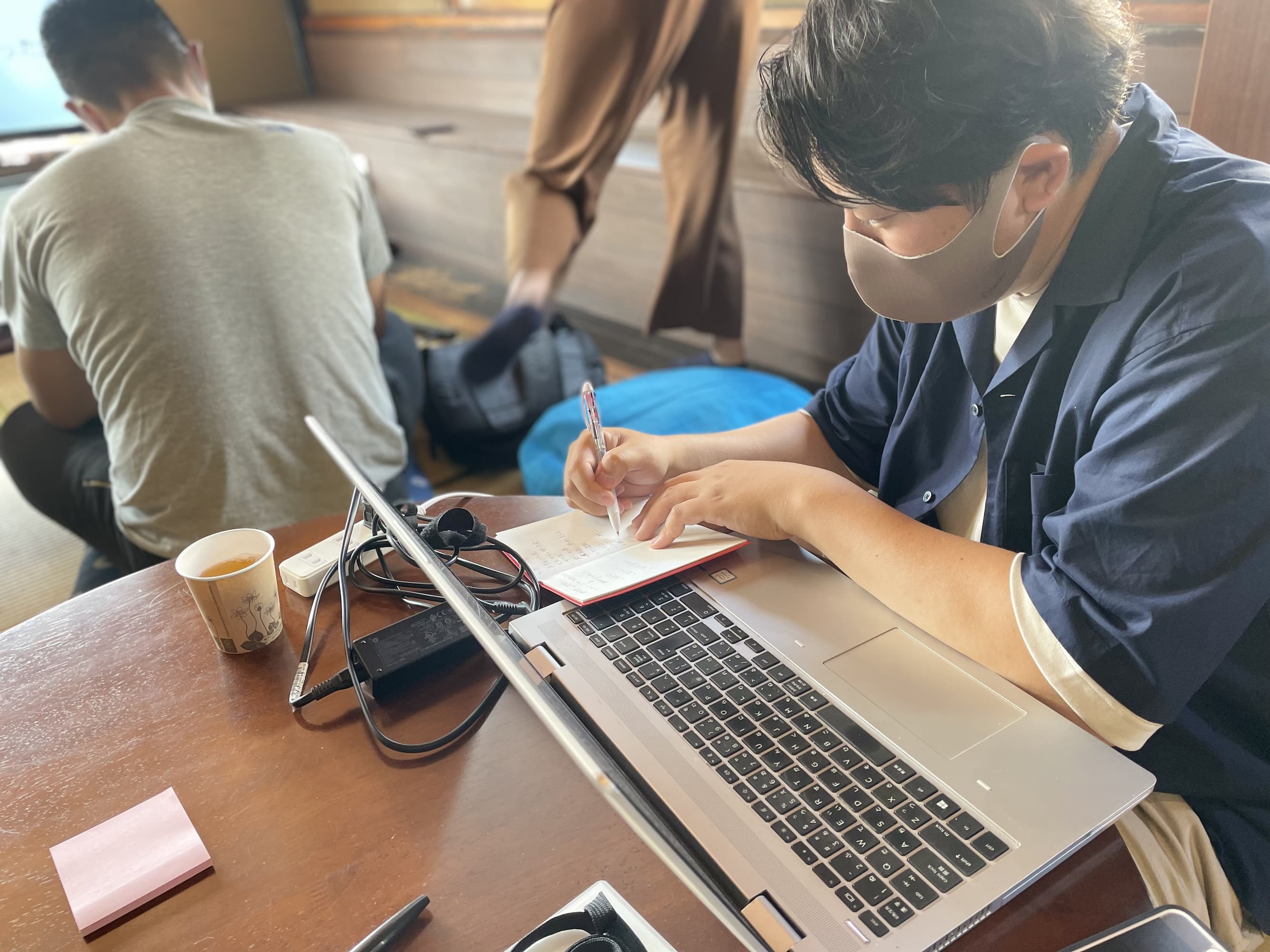
The Kyoto Museum of Traditional Industries in Sakyo Ward, Kyoto City exhibits traditional Kyoto products. You can actually touch the exhibits, which sparked my interest in traditional products that I had never been interested in before.
The number of artisans making traditional crafts is decreasing year by year, and the aging of the artisans is also a social issue. In this situation, the Kyoto Museum of Traditional Crafts operates targeting people who are indifferent to traditional crafts. ASNOVA, knowing how difficult it is to get indifferent people interested, was sympathetic to their activities to get people interested and revitalize the industry.
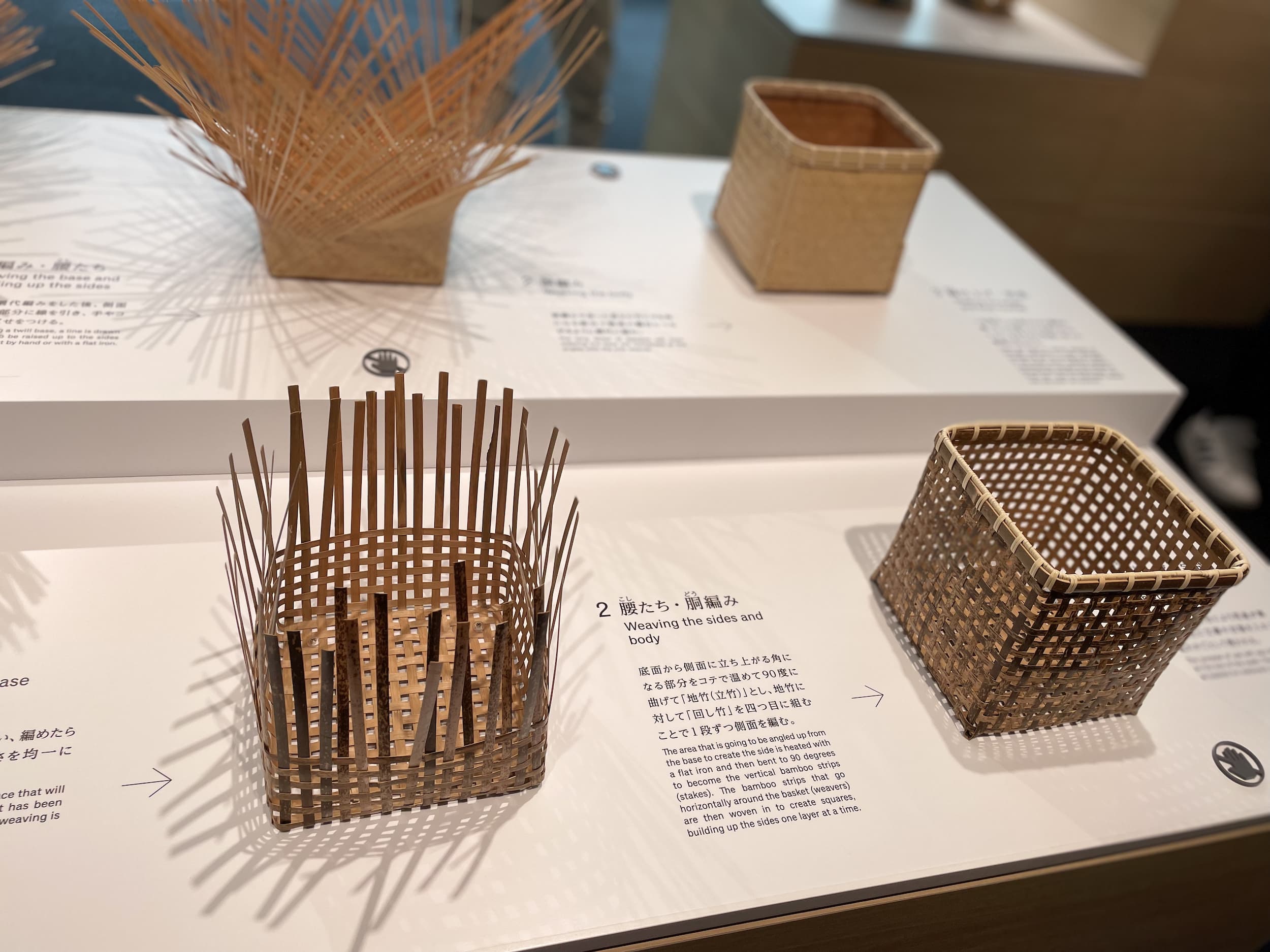
The second place we visited was "CONCON", the Co-Creation Autonomous Zone.
Konkon, located in Nijo Castle in Kyoto Prefecture, is a building made up of 19 containers and three row houses. The buildings house offices, shops, restaurants, etc. One of the rooms is occupied by Kawabata, the CEO of Kawabata Gumi Co., Ltd. Hiroyuki runs a real estate company, but he also finds properties that he thinks are interesting and fun, and sometimes gets involved in renovating houses.
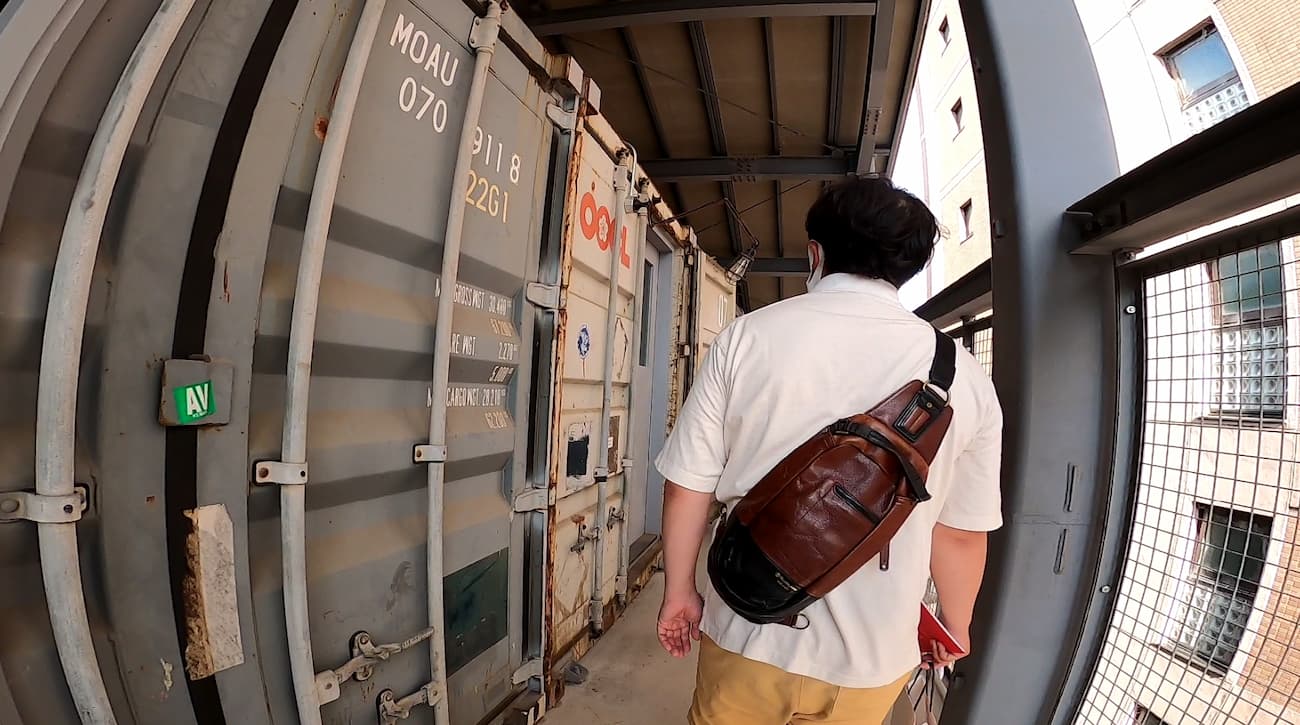
Currently, he is working on a renovation project in a certain area of Kyoto City. He is renovating a vacant building. By being involved in the renovation himself, Kawabata is able to understand the needs of the client.
In one of the projects that Mr. Kawabata was involved in in the past, he felt that the scenery of the scaffolding assembled and surrounded by sheets during the renovation of the building was "rather good," and he left the scaffolding on the exterior as the design of the building even after the construction. The scaffolding was not impressive because it was removed after the construction was completed, and the scaffolding itself was not well known, so it was a happy story for ASNOVA, which handles scaffolding.
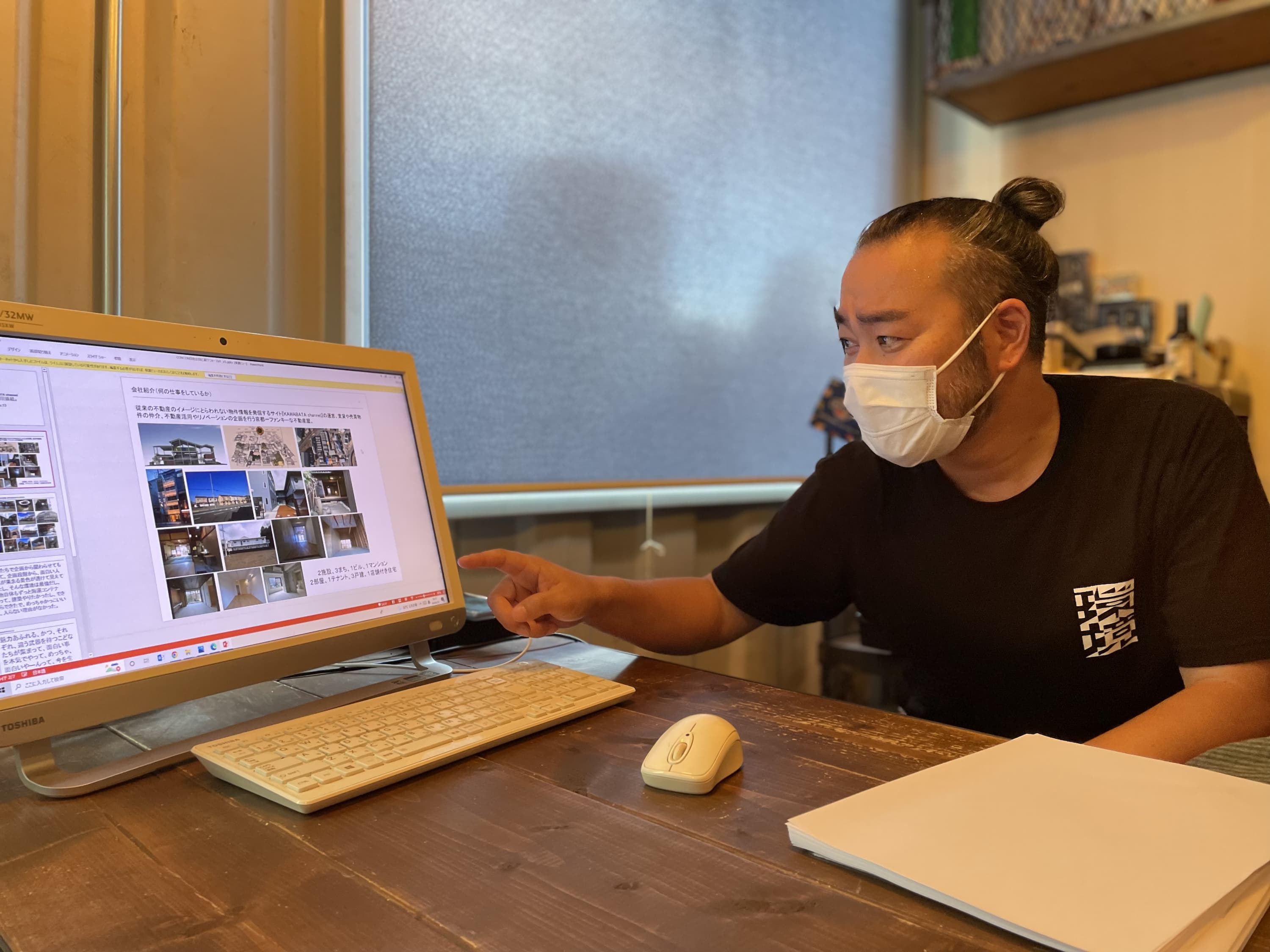
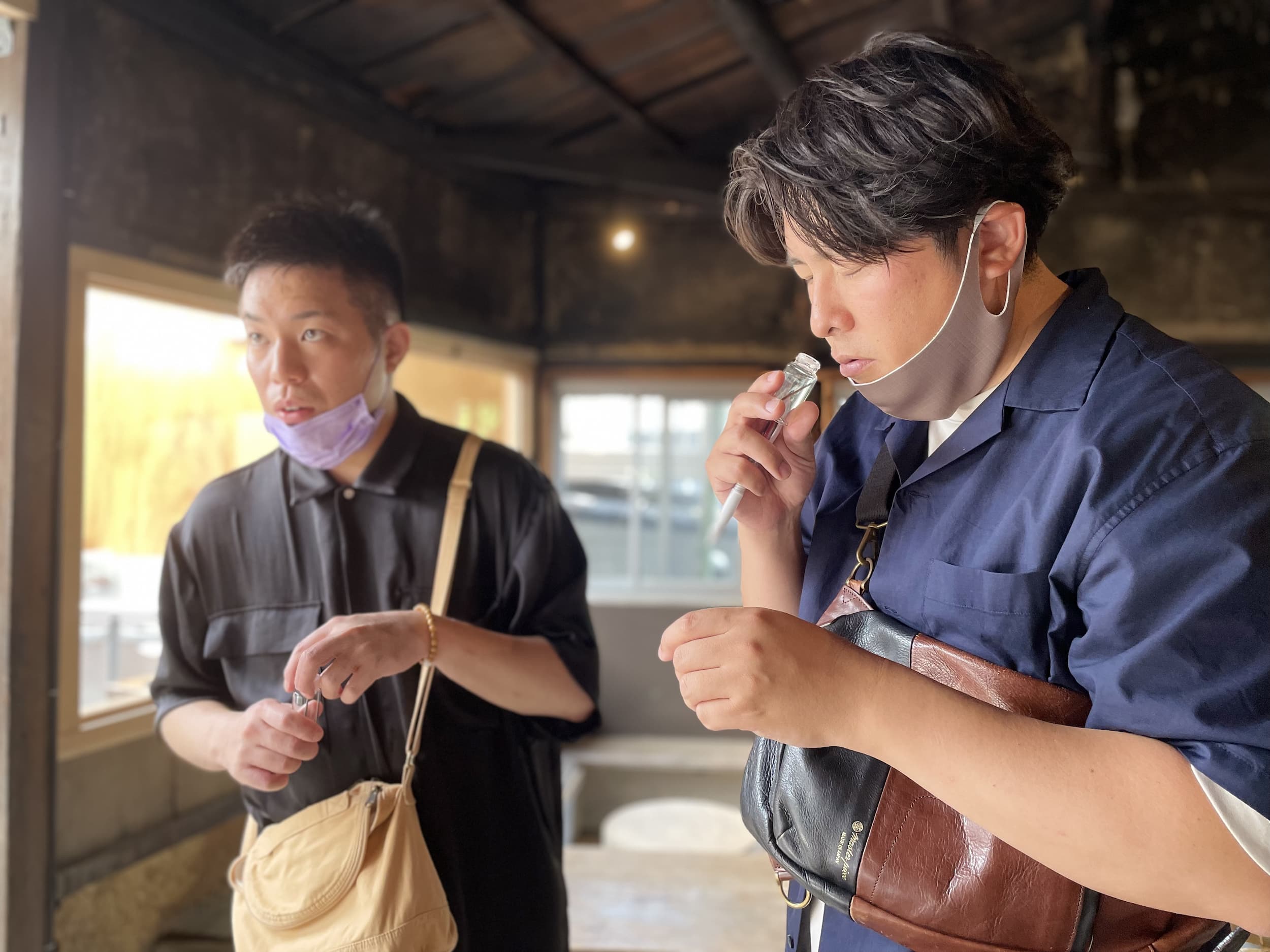
The shop is Kawabata Gumi Co., Ltd. This is a property renovated by Kawabata. When renovating an old building, he says that he tries to preserve what he can in order to add value to the building. Formerly a Kiyomizu pottery workshop, the walls were completely black with charcoal. The fact that he left those parts intact gives the shop a sense of calm.
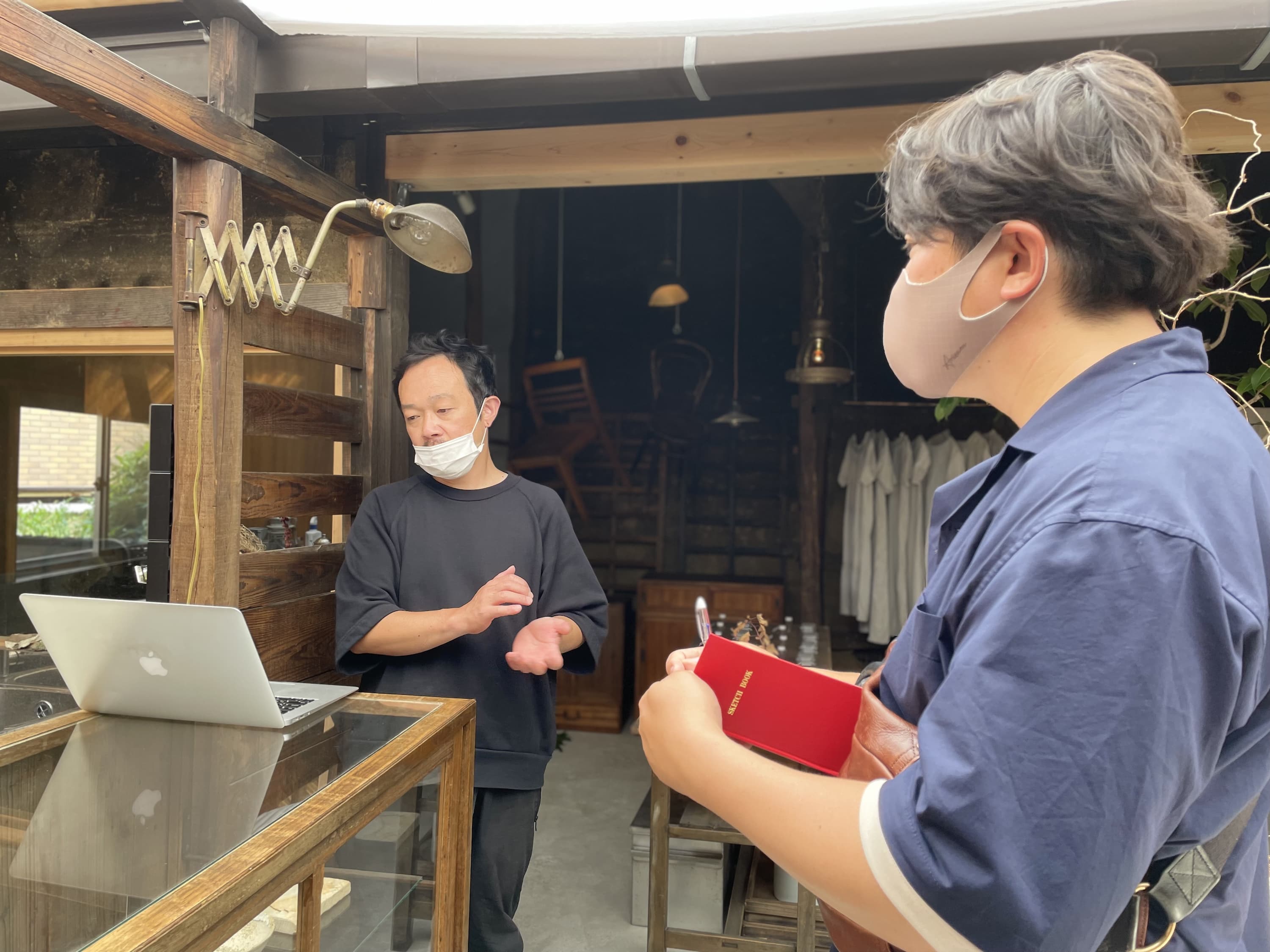
Each piece is filled with the creator's thoughts. I make sure to listen carefully to what people are thinking when they create their products.
He told us that there are certain things he bases his decisions on when deciding what products to sell.
The place we visited this time was working to continue to preserve the unique culture of Kyoto Prefecture.What both of them had in common in order to continue to preserve it was that they "cherish connections with people." Connecting with people gives you sensitivities you never thought of before. I myself have a problem with not being able to think about things from a different perspective than others. I decided to take action proactively so that I can interact with a variety of people.
How will they express their impressions from their fieldwork in Kyoto? In the final episode of AMP!, we will bring you a reflection from the creator and the two participants, so please look forward to it!
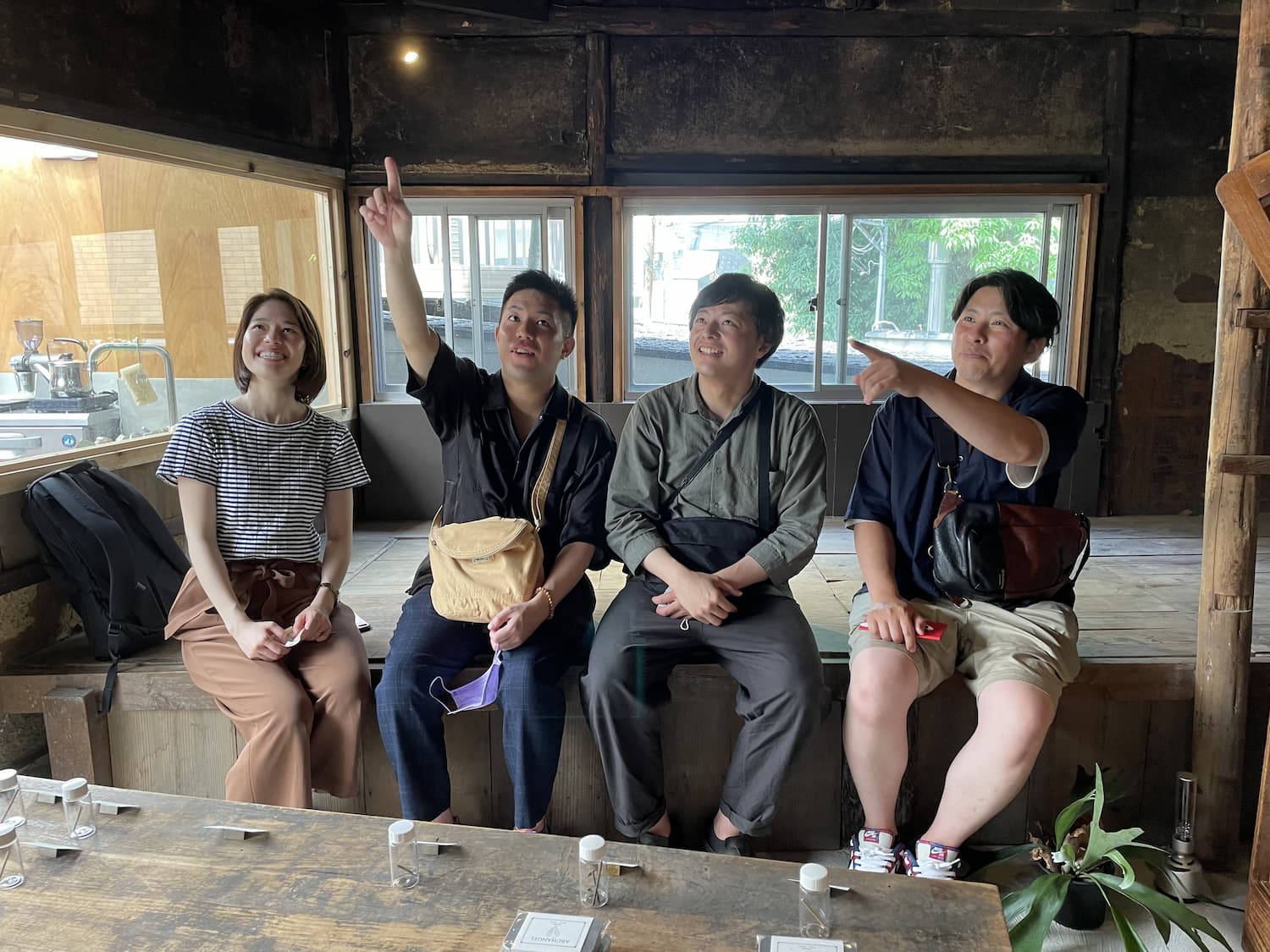
INDEX






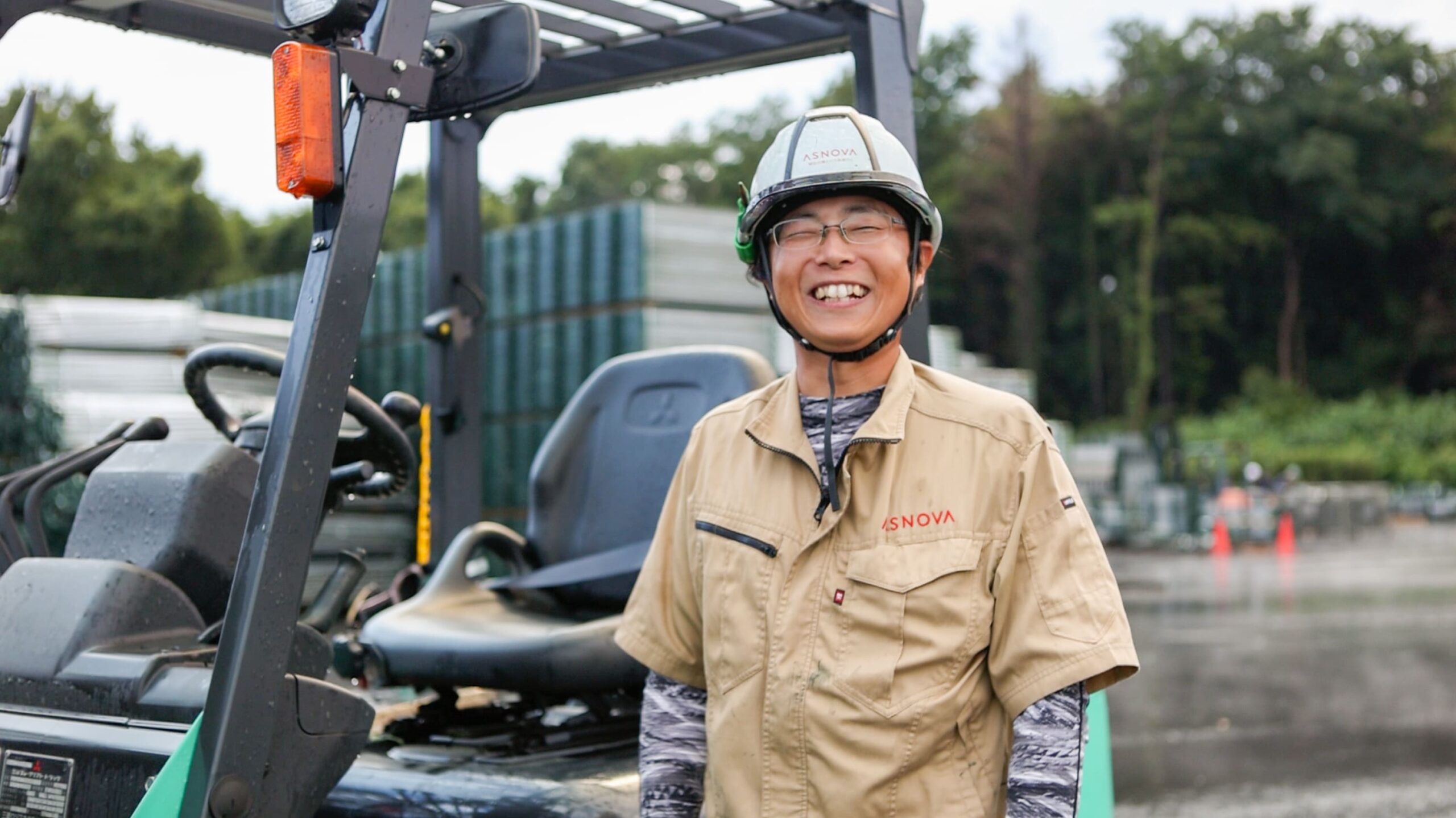





![[Circular Project Dialogue Vol.2] Starting from ASNOVA’s Culture, Envisioning the Future of “Circulation” Through Diverse Perspectives](/wp-content/uploads/2025/10/3V6A9768-scaled.jpg)





![[Circular Economy Project Dialogue Vol. 1] The First Step Toward a Circular Society. ASNOVA’s Vision for a Sustainable Growth Curve](/wp-content/uploads/2025/09/2R2A0226-scaled.jpg)




